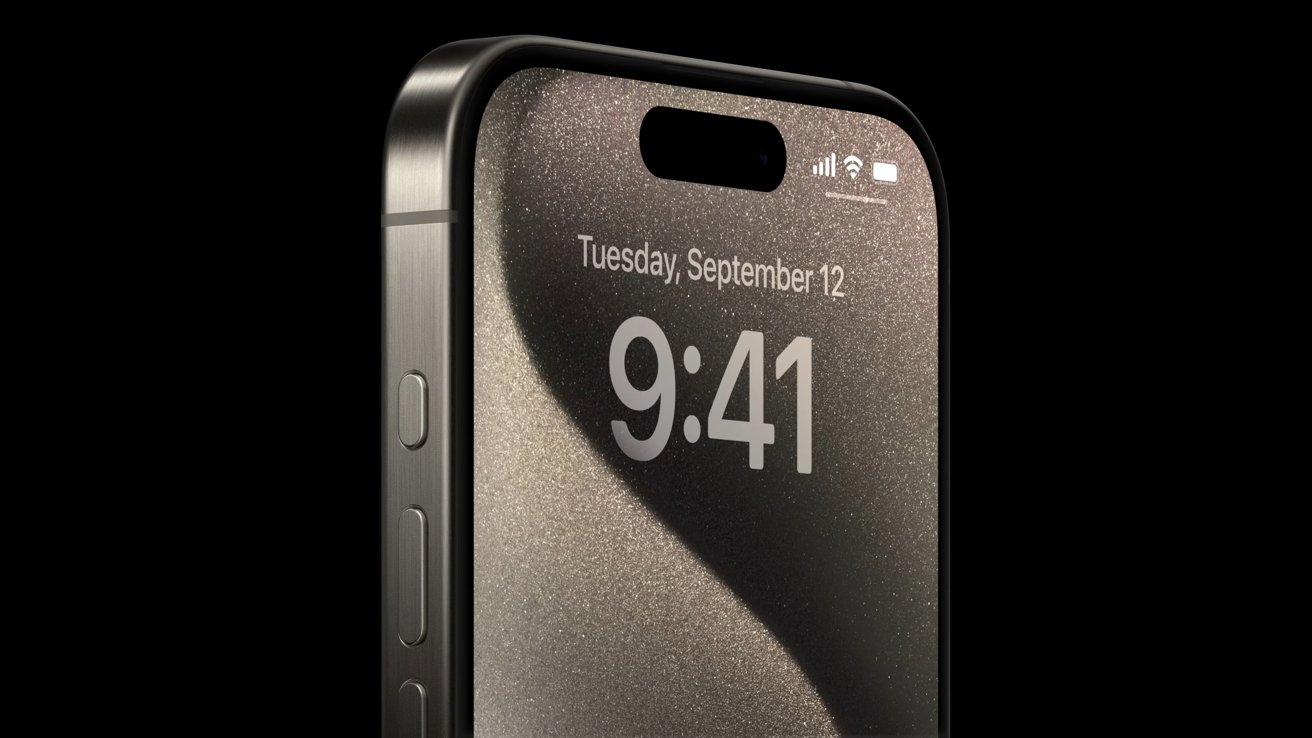Extra precautions have been taken for iPhone 15 boxes that give retail employees and buyers a new way to verify the device is real — but you'll need a UV light.
Scammers attempt to sell fake iPhones by using convincing replicated device packaging. Apple has added a new invisible watermarking system in an attempt to eliminate this practice.
A leaker known as Majin Bu on X shared a video initially posted on Weibo by user @Pengnone. The video shows someone shining a UV light on the iPhone 15 box to reveal watermarks and a QR code that helps verify device authenticity.
There is some concern that scammers will be able to replicate this watermark. It seems the QR code may be what makes this system more secure since it likely contains a system-verifiable code that scammers won't easily copy.
Customers buying from big retailers won't need to worry about device authenticity. However, the resale market and smaller vendors have more opportunities for scams.
The boxes of the new iPhone 15 are equipped with a security system that displays holograms under a UV light. This is a measure introduced by Apple to recognize real boxes and prevent people from being scammed pic.twitter.com/oBhQoc5IDI
— Majin Bu (@MajinBuOfficial) September 21, 2023
When in doubt, check the device serial number and ensure it matches what's on the box. Also, check the box for problems or manipulation that might signify a scam.
The iPhone 15 lineup is available for pre-order and arrives in-store Friday, September 22. Many device configurations have already sold out, so scammers will likely be active during the big release day.
 Wesley Hilliard
Wesley Hilliard








 Marko Zivkovic
Marko Zivkovic
 Christine McKee
Christine McKee
 Andrew Orr
Andrew Orr
 Andrew O'Hara
Andrew O'Hara
 William Gallagher
William Gallagher

 Mike Wuerthele
Mike Wuerthele
 Bon Adamson
Bon Adamson


-m.jpg)



1 Comment
I would be surprised if this was the only anti-counterfeiting measure Apple is using.
If something is of enough value to add anti-counterfeiting measures, it's probably worth adding more than one method. RFID tags are another well-established method. There are new technologies every single year and I'm sure Apple is researching all of them, probably using 3-4 right now in shipping product.
It's obviously not to their advantage to publicize these methods.
Note that these anti-counterfeiting measures are not limited to the consumer electronics/technology marketplace. Parmesan cheese makers are implementing chip technology as well (in the rind) since their product is one of the most commonly faked premium food products. That's just one example that shows the scope of interest by all sorts of producers in protecting their work.